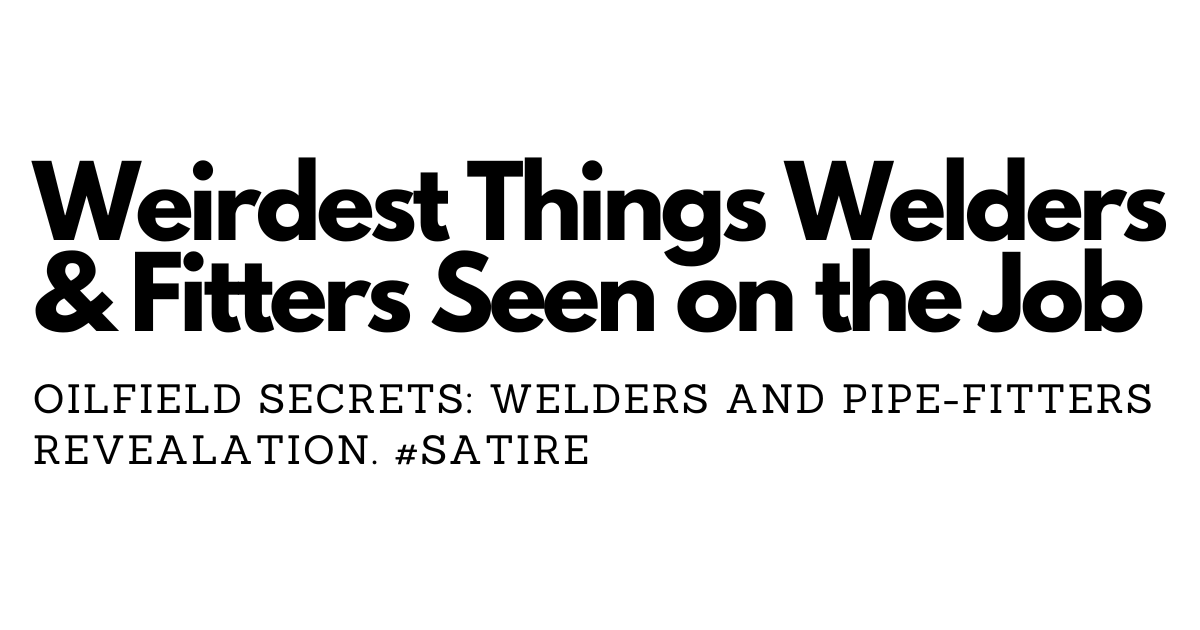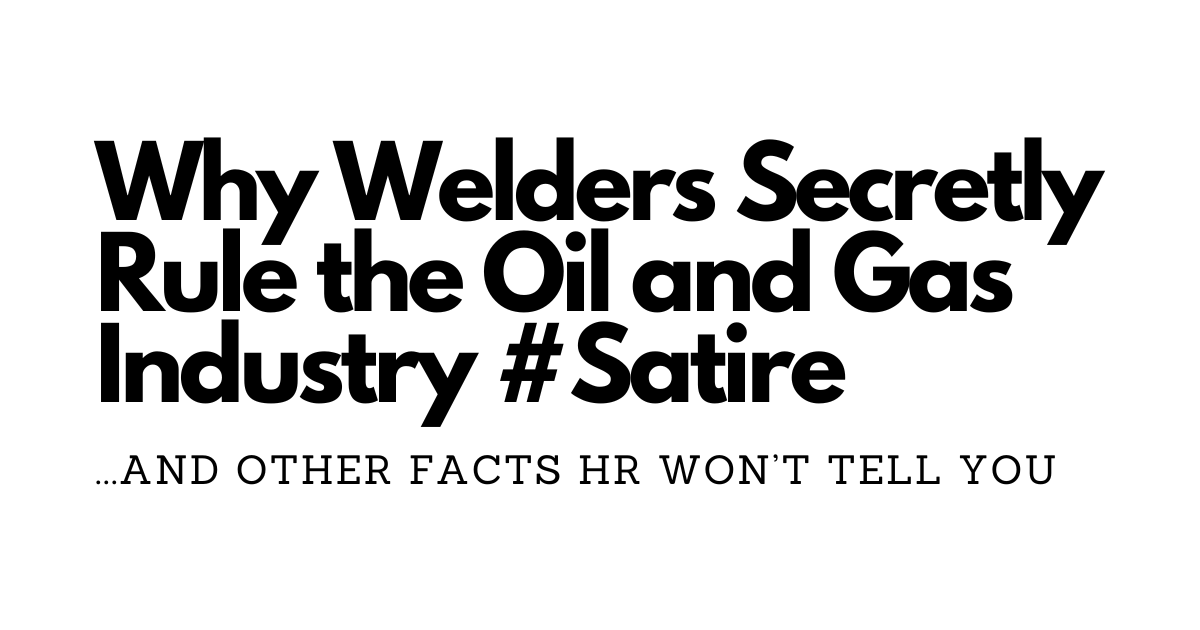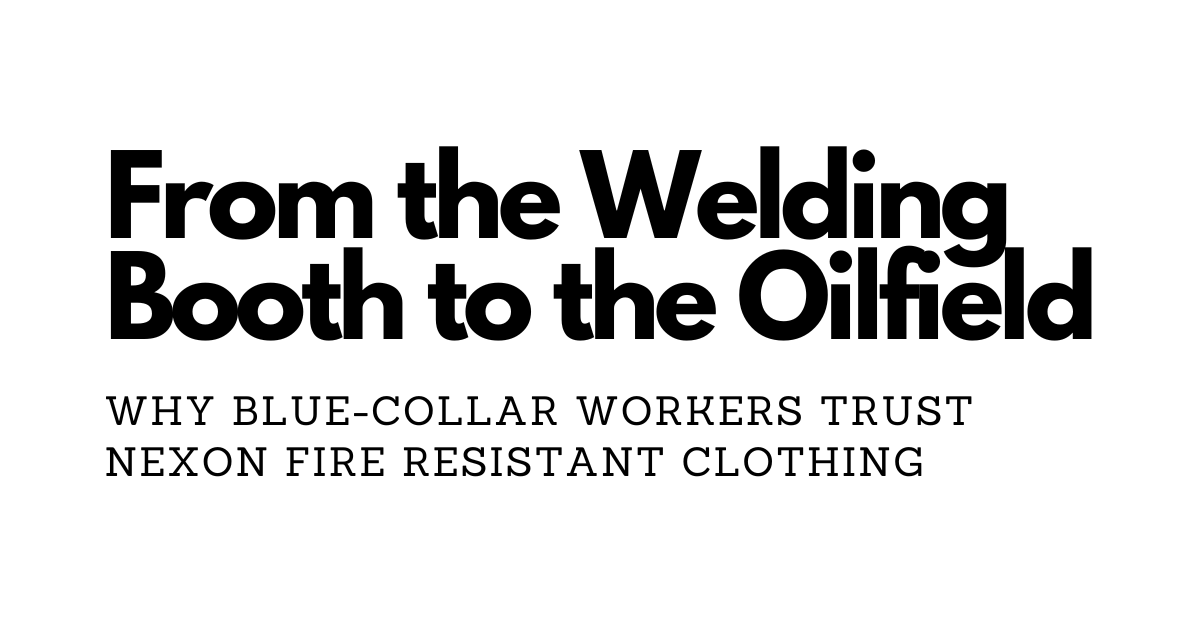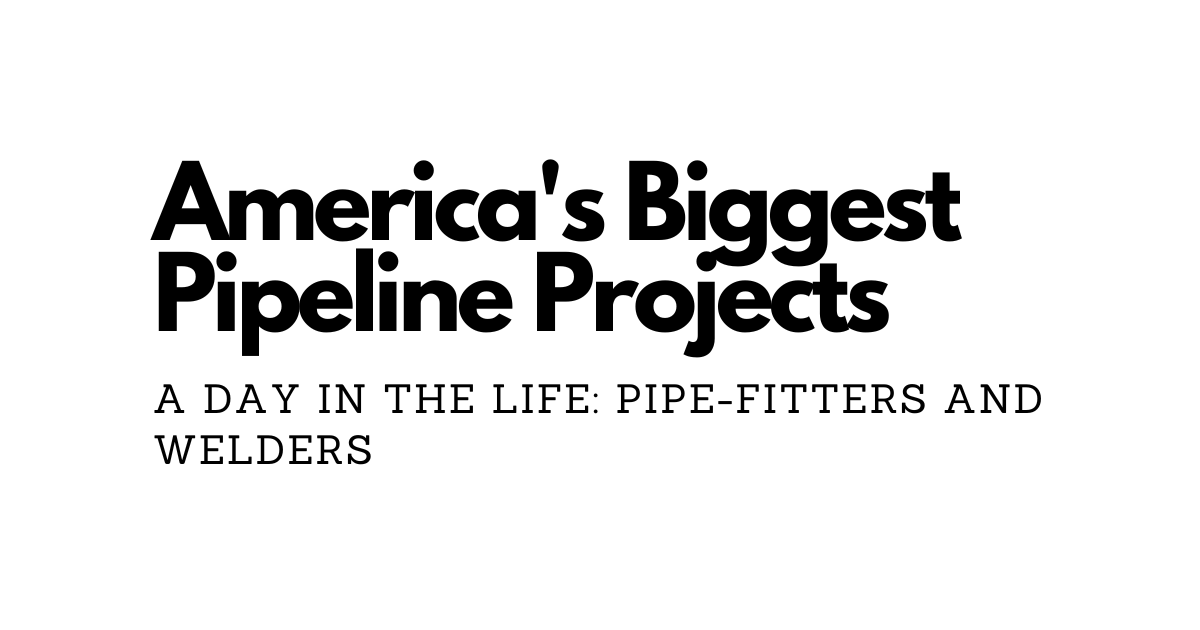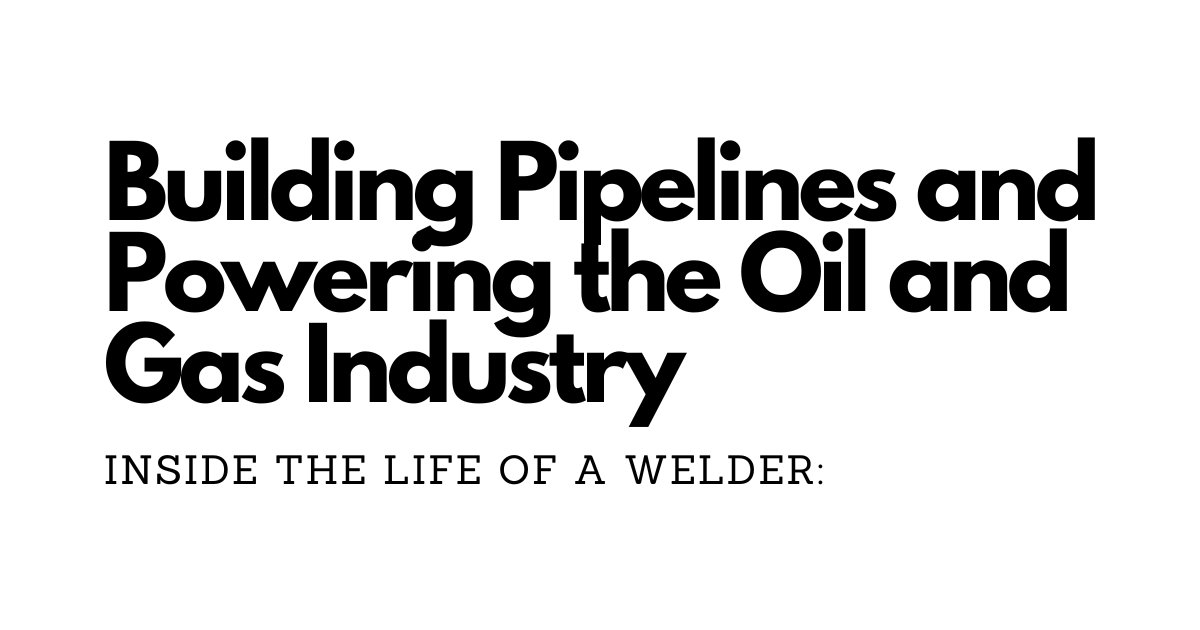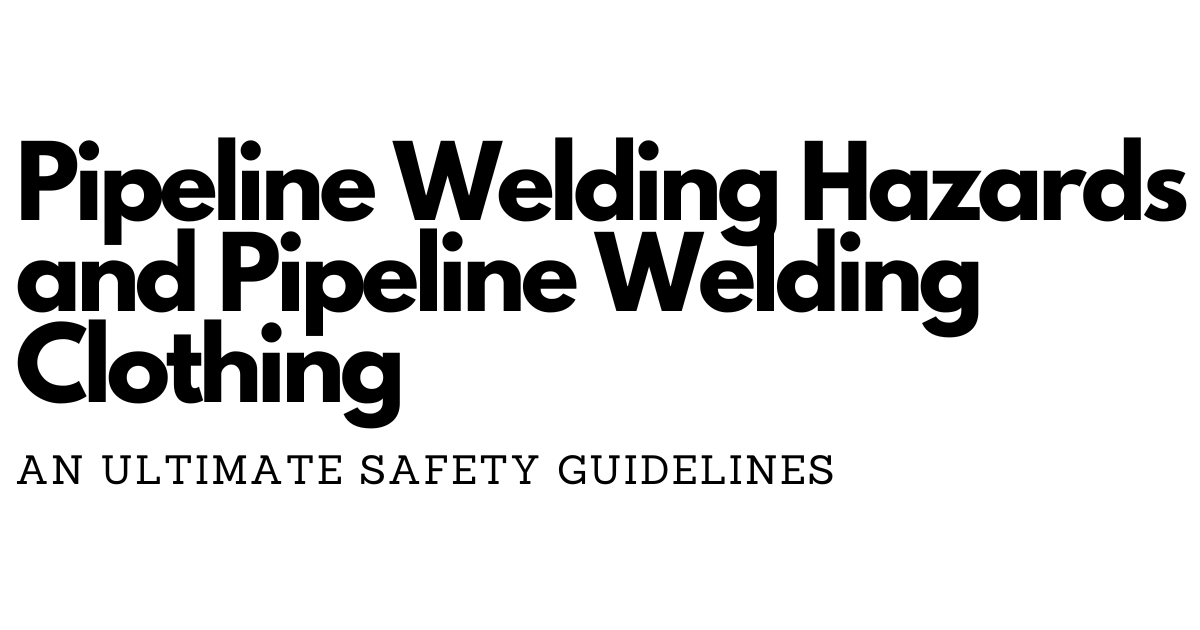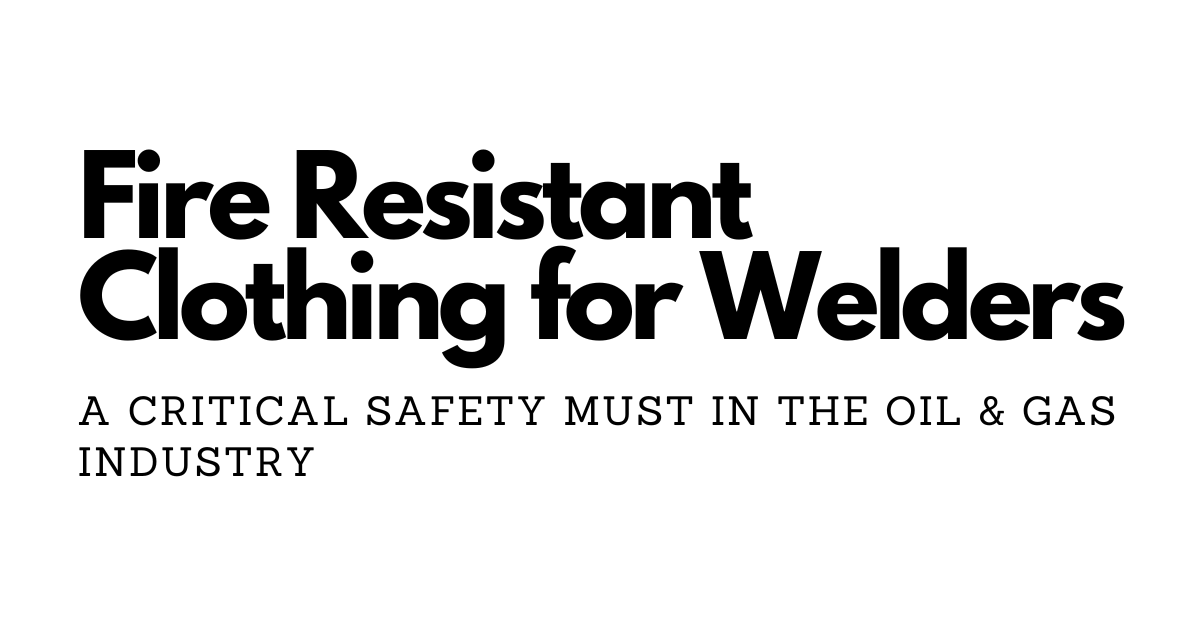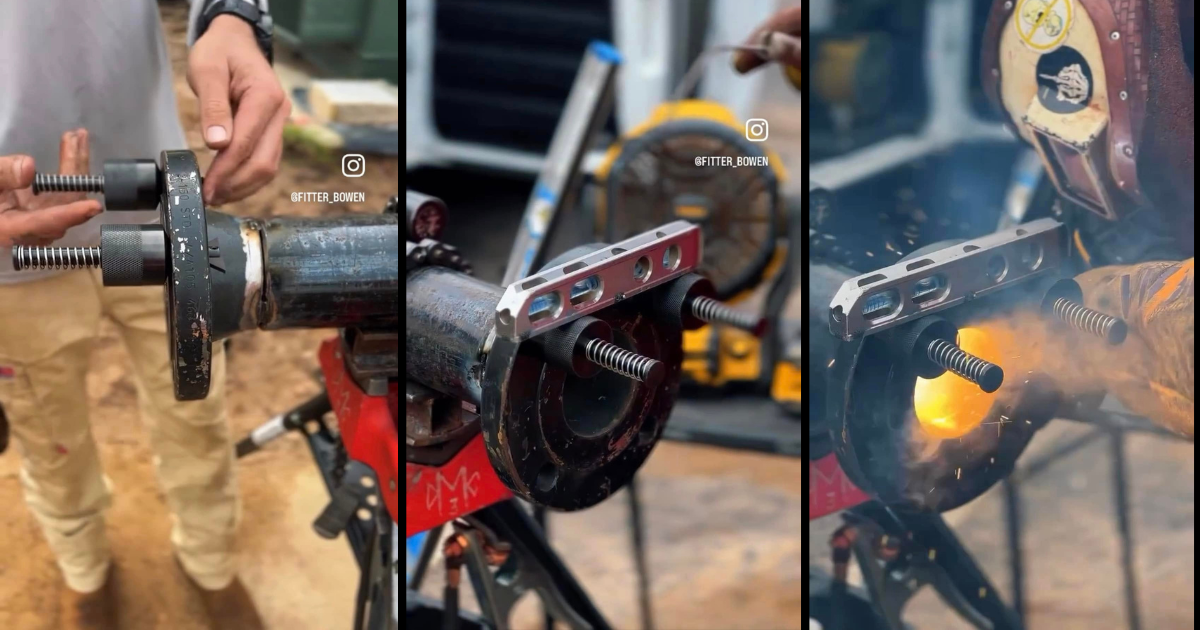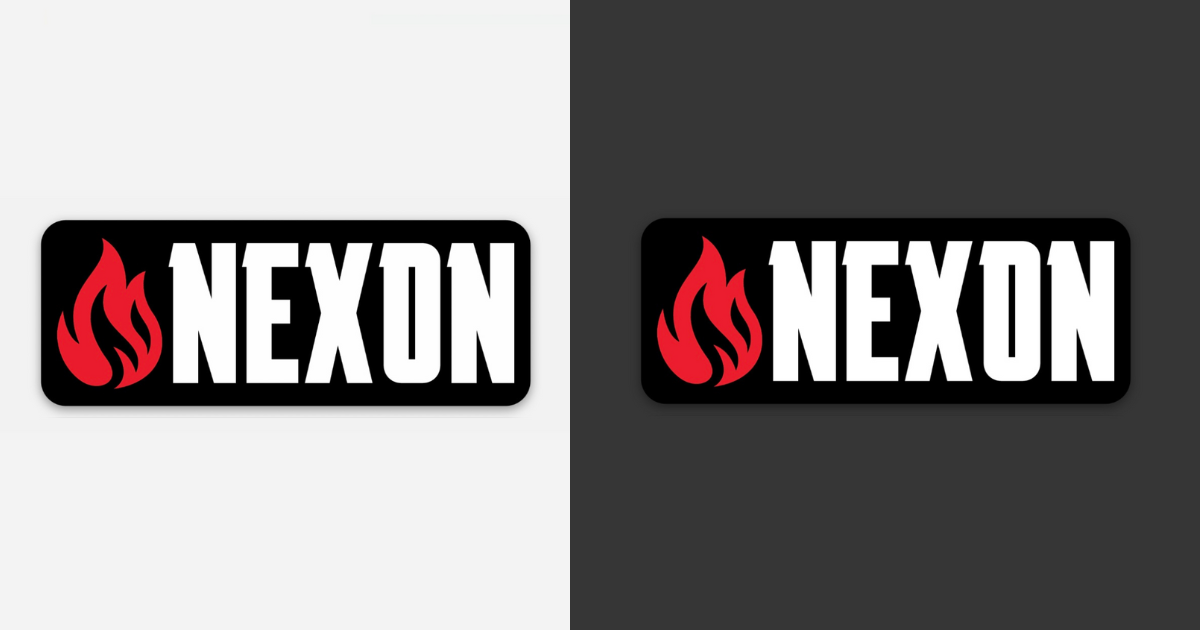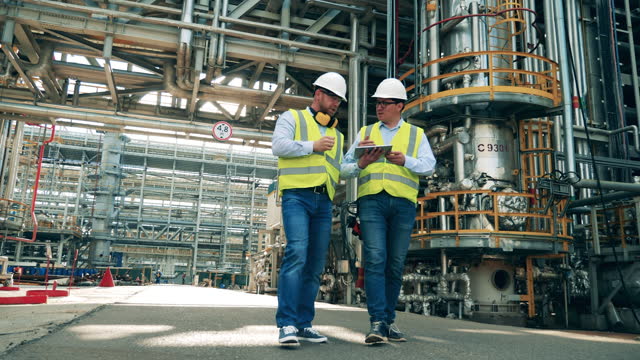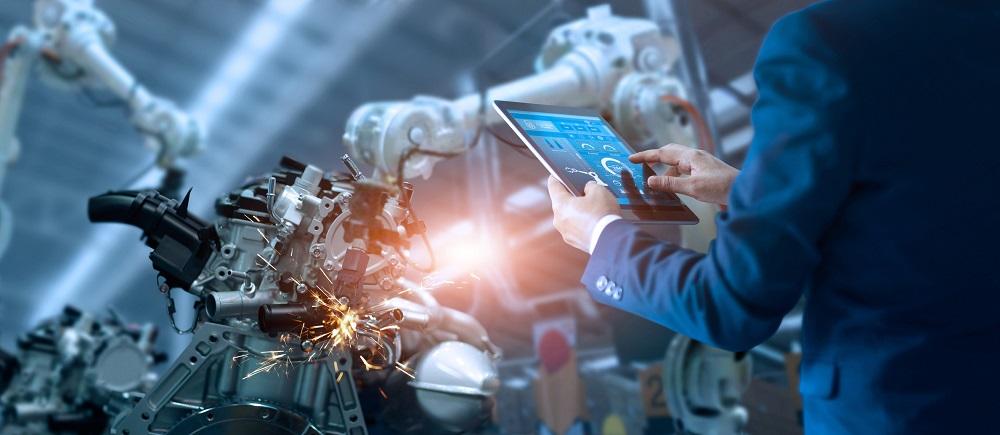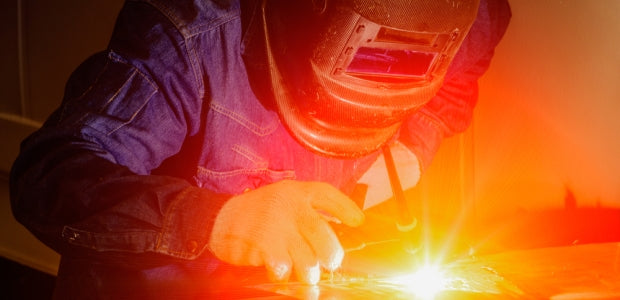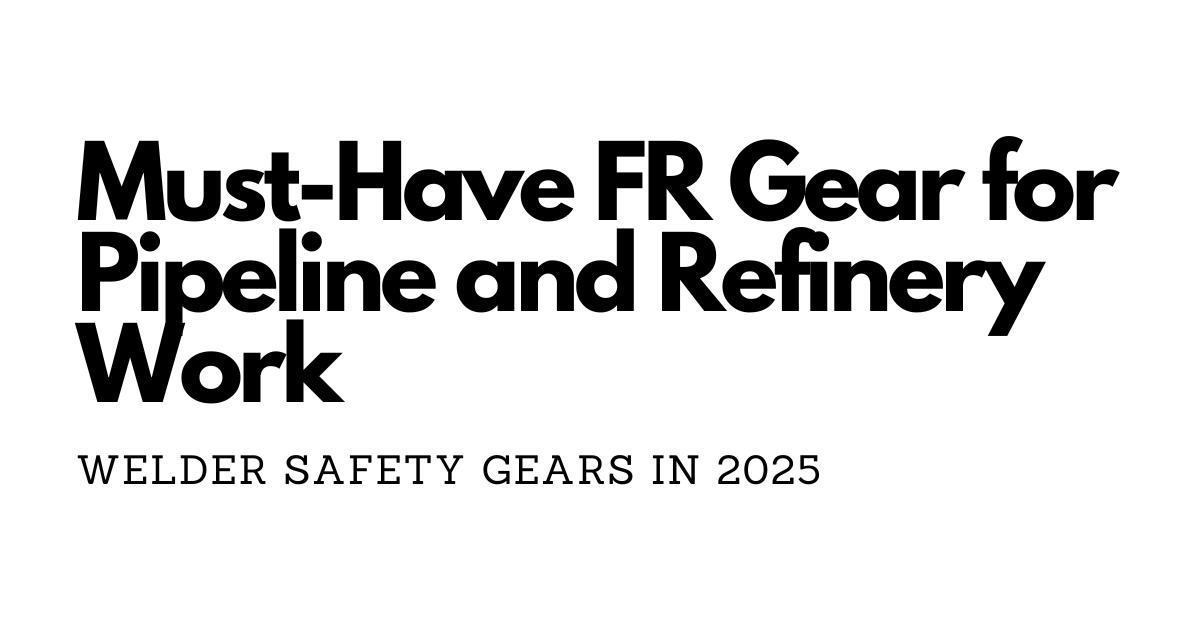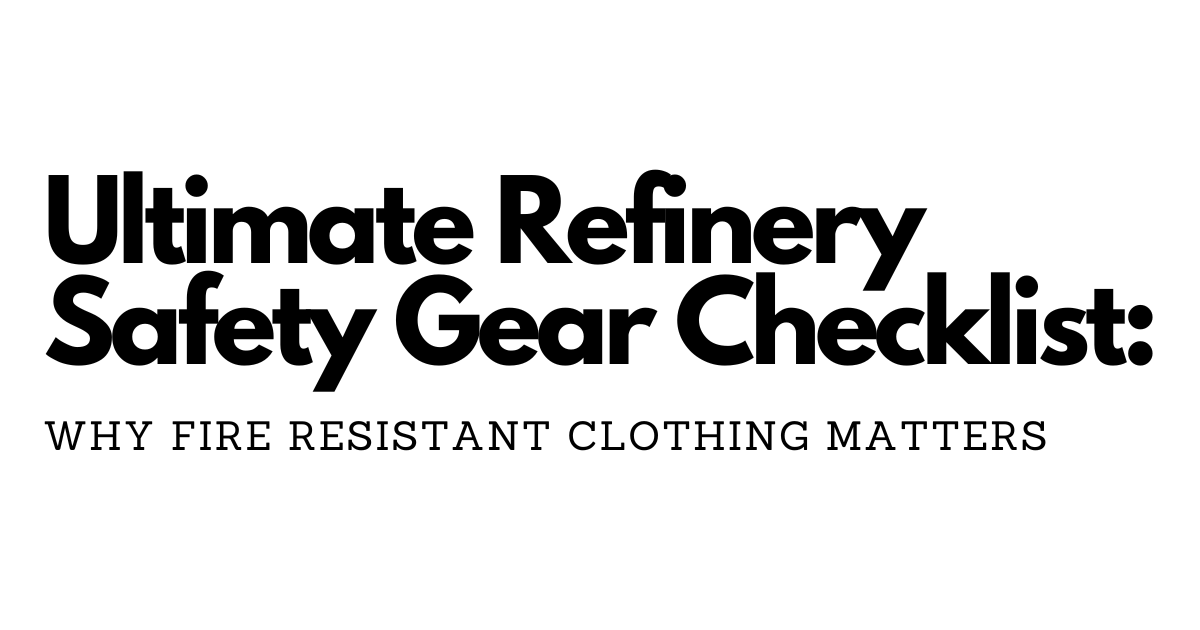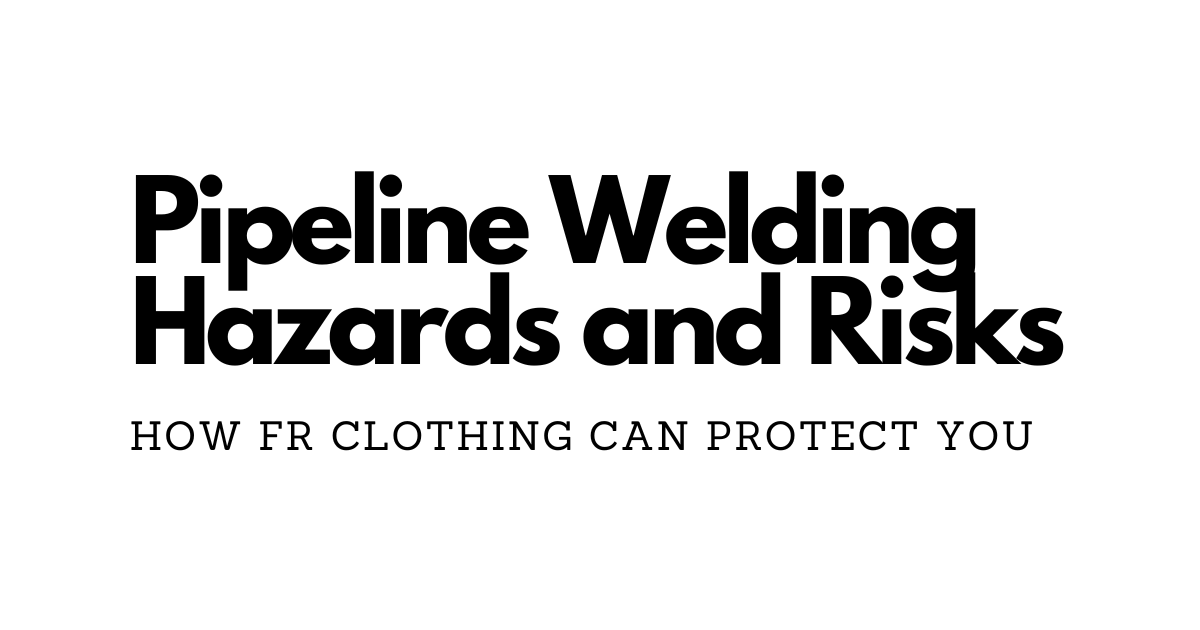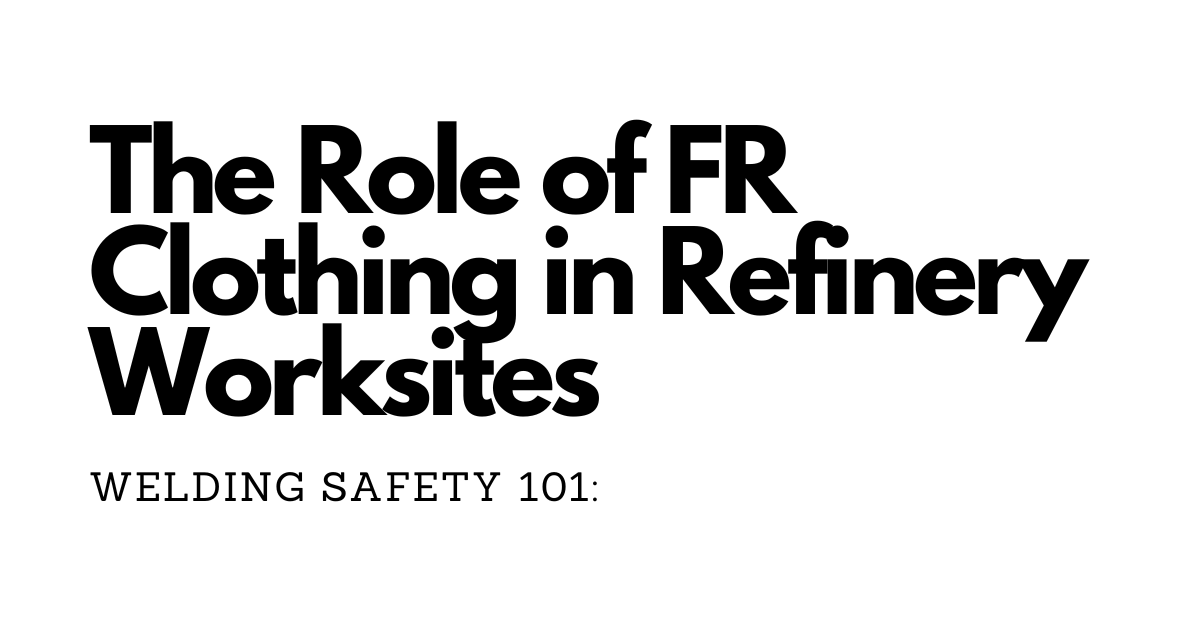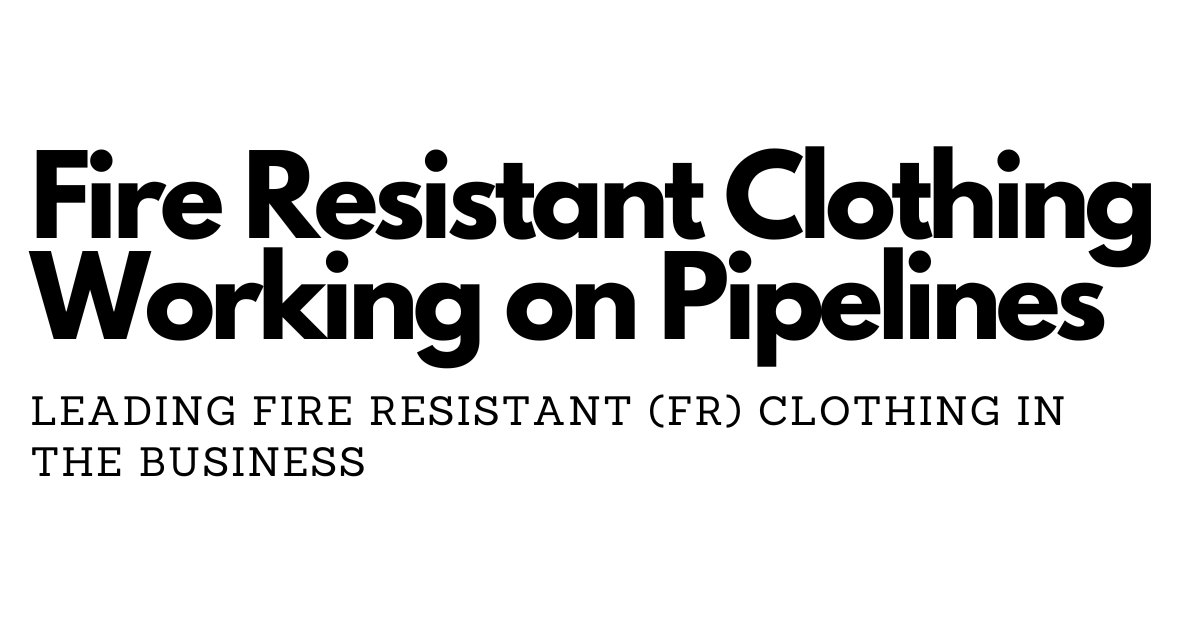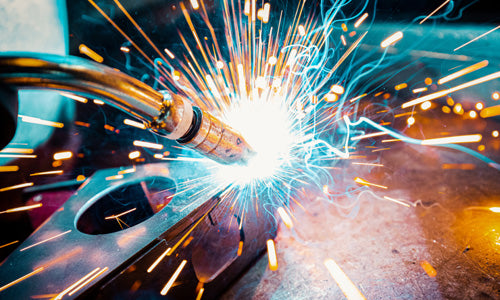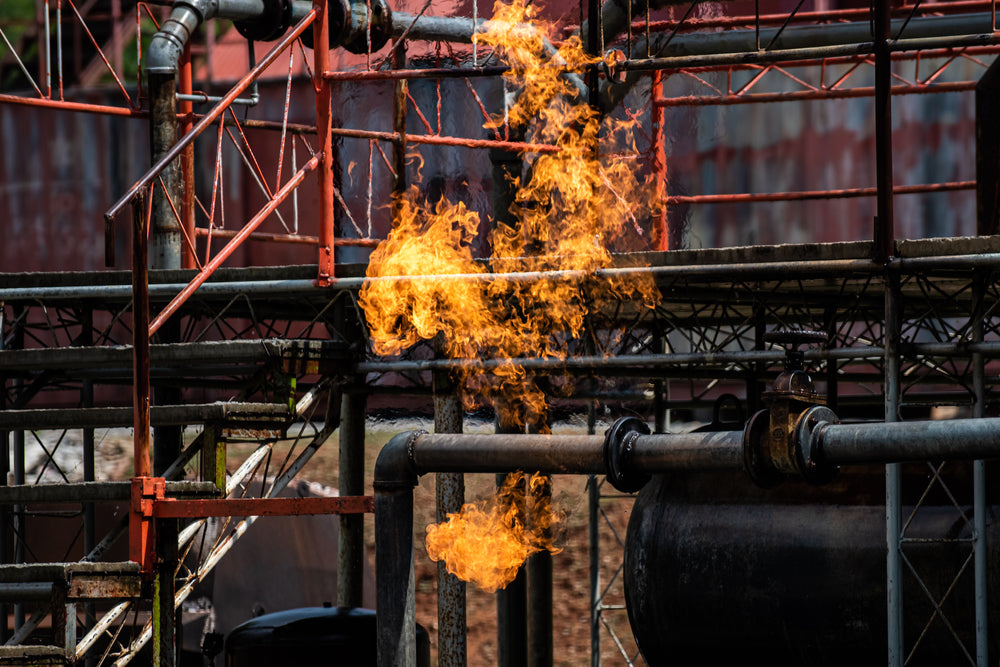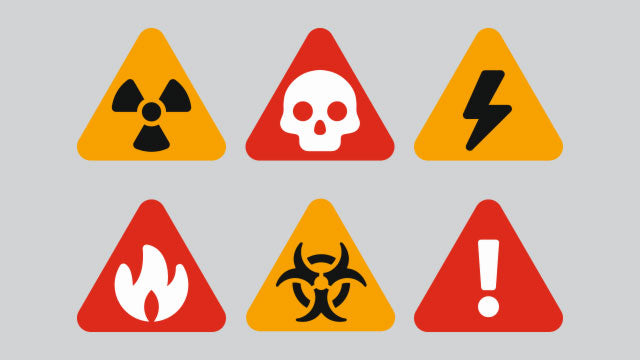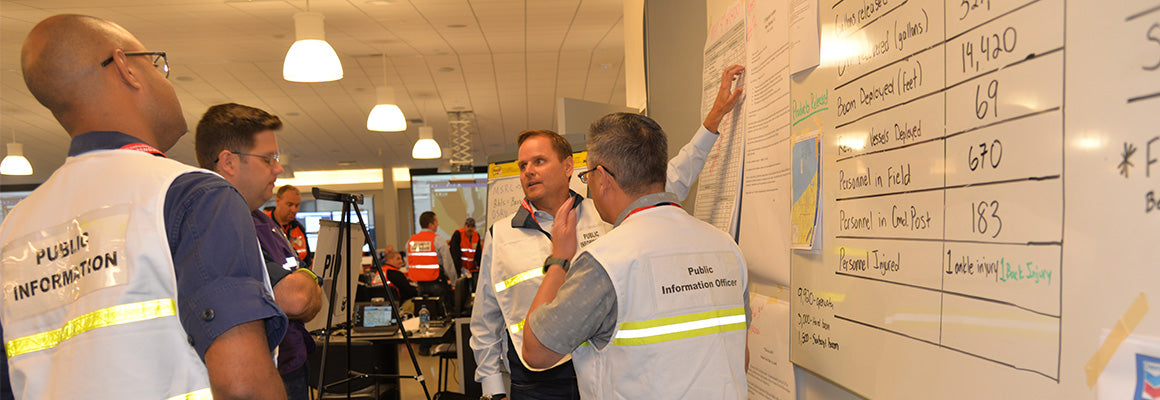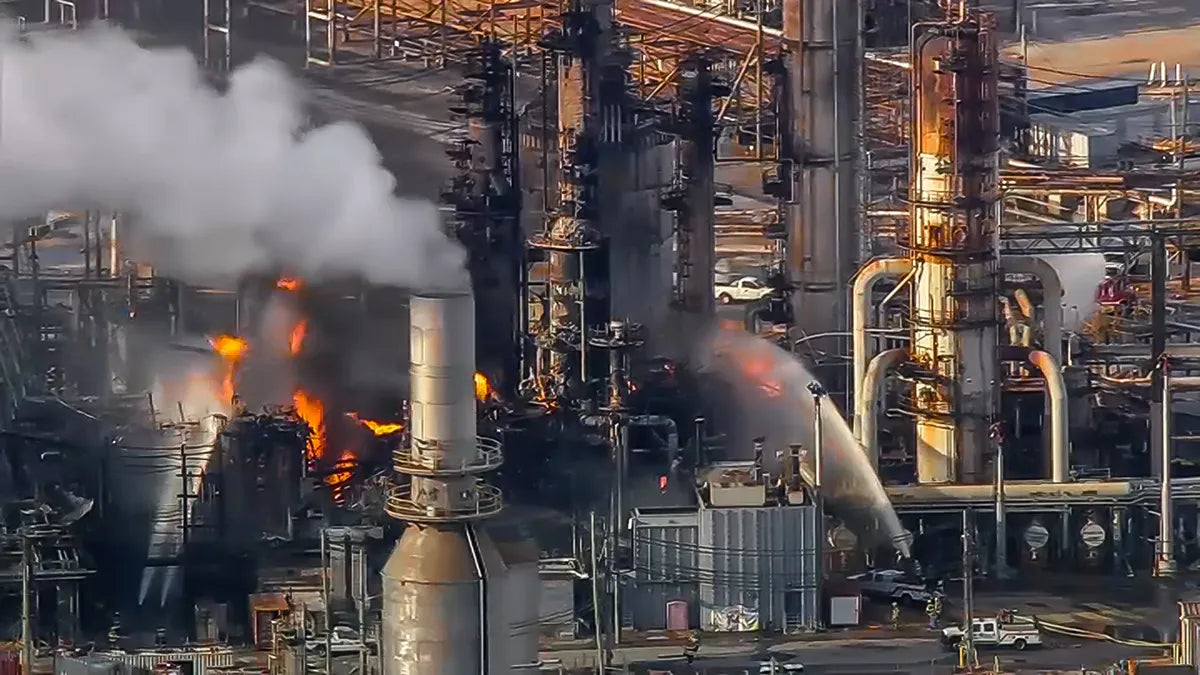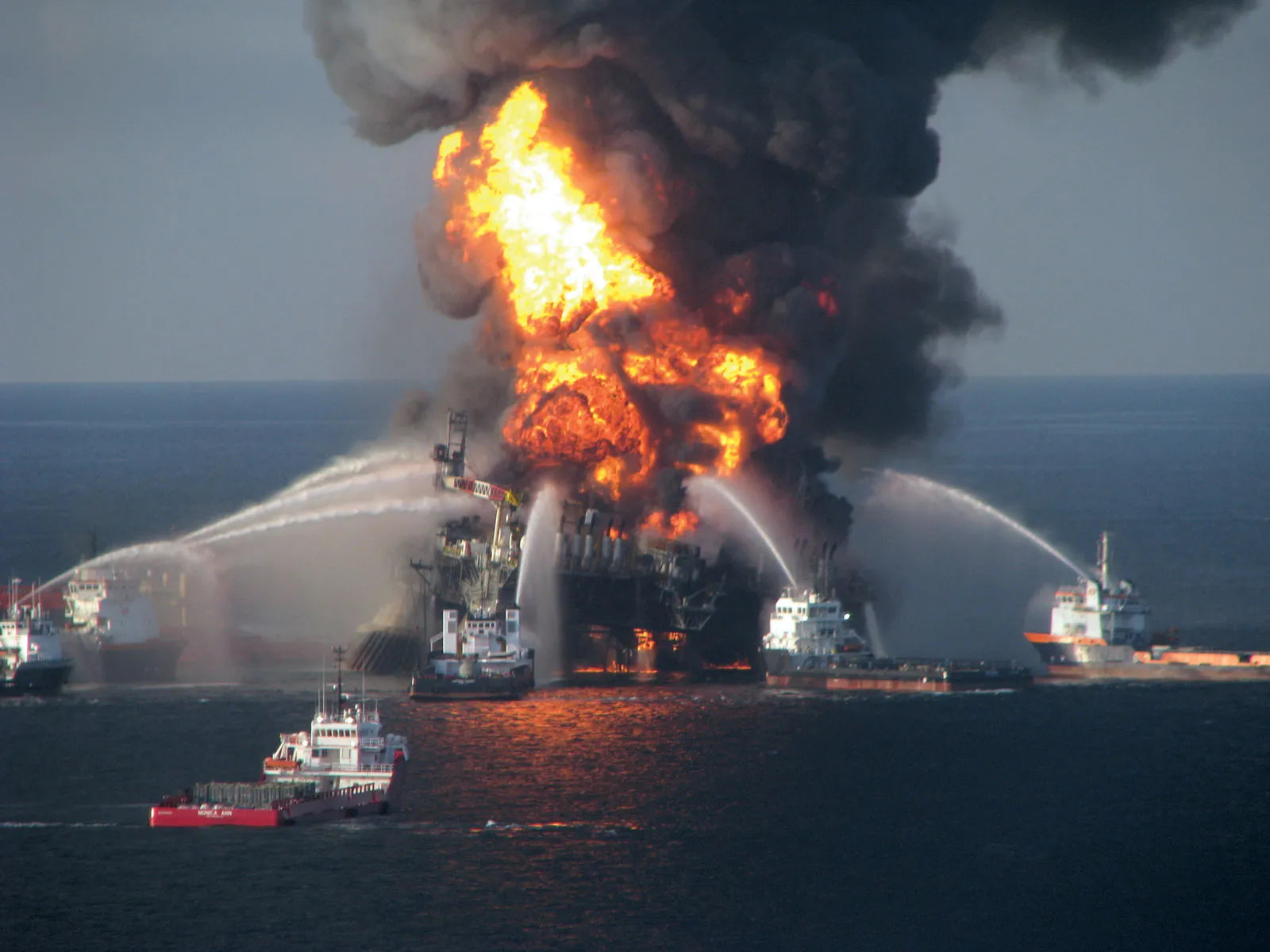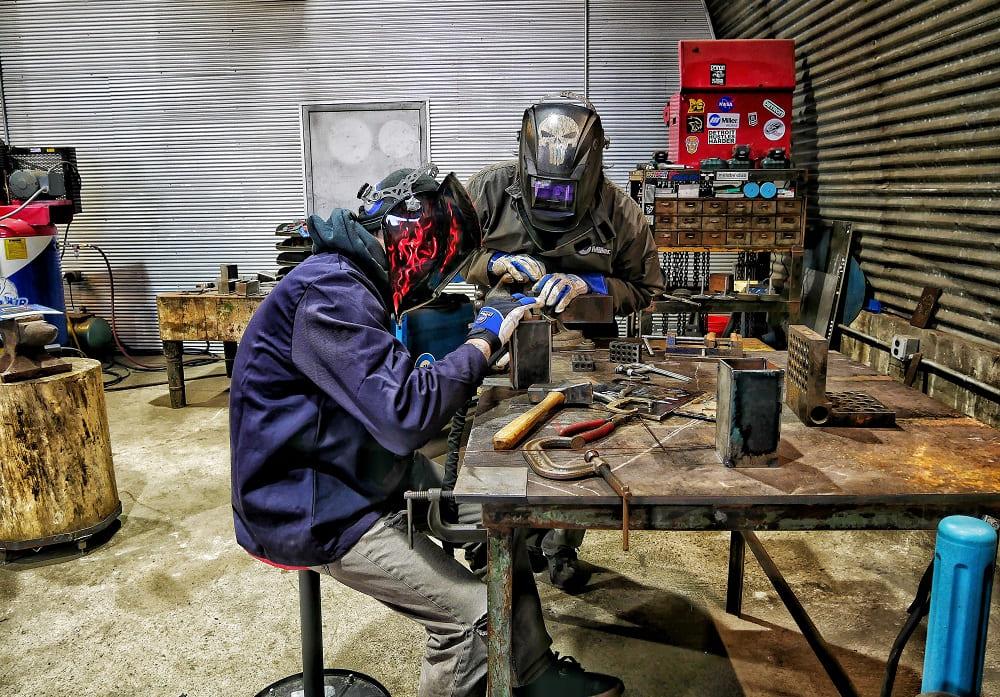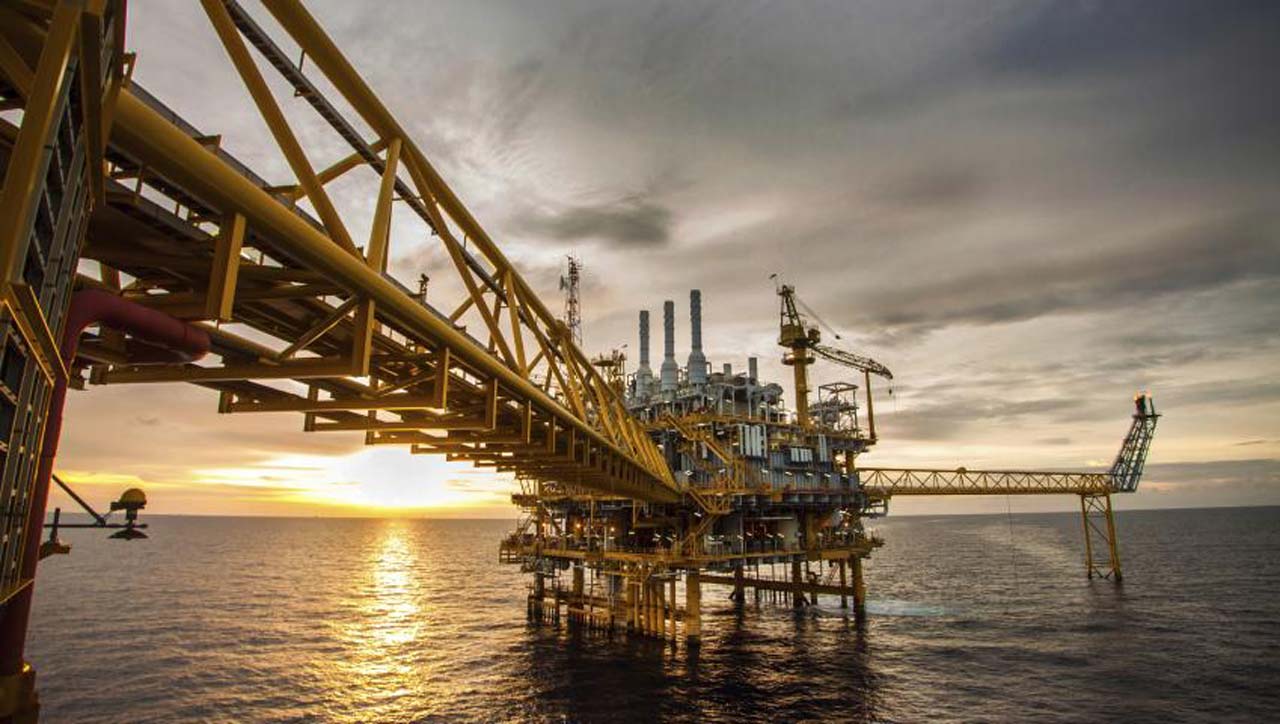

Oil refineries are intricate industrial complexes where a wide array of chemicals and hazardous materials are handled on a daily basis. Ensuring the safe and responsible management of these substances is a top priority to protect the well-being of workers, the environment, and surrounding communities. In this article, we will explore the critical importance of chemical handling safety in oil refineries and highlight best practices to mitigate risks associated with hazardous materials.
Understanding the Significance of Chemical Handling Safety:
Chemicals used in oil refineries range from flammable hydrocarbons to corrosive acids and toxic gases. The improper handling, storage, or transportation of these substances can lead to accidents, fires, explosions, and environmental damage. Effective chemical handling safety protocols are essential to minimize these risks.
Best Practices for Chemical Handling Safety:
-
Employee Training and Awareness: Comprehensive Training: All personnel involved in chemical handling must undergo thorough training on the safe use, storage, and disposal of hazardous materials. Continuous Education: Regularly update employees on best practices, safety protocols, and changes in regulations.
-
Chemical Inventory Management: Accurate Records: Maintain precise records of all chemicals used, including quantities, locations, and safety data sheets (SDS). Regular Audits: Conduct routine audits to ensure the accuracy of chemical inventories and proper labeling.
-
Proper Storage and Segregation: Segregation: Store chemicals according to compatibility to prevent reactions between incompatible substances. Ventilation: Ensure adequate ventilation in storage areas to disperse potentially harmful vapors.
-
Personal Protective Equipment (PPE): Provide Appropriate PPE: Equip workers with the necessary protective gear, including gloves, goggles, respirators, and chemical-resistant clothing. Regular Inspection: Ensure that PPE is regularly inspected, maintained, and replaced when damaged.
-
Safe Handling Procedures: Standard Operating Procedures (SOPs): Develop and implement clear SOPs for handling, transferring, and disposing of hazardous materials. Emergency Response: Establish protocols for responding to chemical spills, leaks, or accidents, including evacuation procedures and communication channels.
-
Labeling and Hazard Communication: Clearly Label Containers: All chemical containers should be labeled with product names, hazard symbols, and emergency contact information. Training on Labels: Ensure that employees understand the meaning of hazard labels and symbols to recognize potential risks.
-
Emergency Response Equipment: Availability: Keep emergency response equipment, such as spill kits and eyewash stations, readily available in areas where chemicals are handled. Training: Train employees on the proper use of emergency response equipment.
-
Waste Management: Proper Disposal: Implement procedures for the safe disposal of hazardous waste, including compliance with environmental regulations. Recycling and Reuse: Explore opportunities for recycling or reusing chemicals to reduce waste generation.
-
Regular Inspections and Audits: Conduct regular inspections of chemical storage areas and equipment to identify and address potential issues promptly. Third-Party Audits: Consider third-party safety audits to assess compliance with industry standards.
-
Community Engagement: Communicate with neighboring communities about the types of chemicals stored and handled at the refinery and emergency response plans.
Chemical handling safety is non-negotiable in oil refineries, where the consequences of mishandling hazardous materials can be severe. By prioritizing employee training, rigorous safety procedures, and a commitment to best practices, refineries can minimize risks, protect their workforce, and contribute to a safer and more sustainable future for both the industry and the environment.
Safety is paramount in industries where workers are exposed to potential hazards like chemical elements, spills, and fire accidents. In such environments, personal protective equipment (PPE) plays a pivotal role in safeguarding workers. Nexon Fire-Resistant Clothing, designed to withstand extreme conditions, has emerged as a vital component in ensuring the well-being of individuals facing these risks. In this article, we will explore how Nexon Fire-Resistant Clothing can provide essential protection in scenarios involving chemical elements, spills, and accidental fires.
The Versatility of Fire-Resistant Clothing: Fire-Resistant Clothing is engineered to offer comprehensive protection in a range of challenging work environments. It excels in scenarios involving:
1. Chemical Exposure: Chemical handling, especially in industries such as manufacturing and petrochemicals, demands a high level of protection. Nexon Fire-Resistant Clothing is crafted from specialized materials that provide resistance against chemical splashes, offering workers crucial time to respond to potential hazards.
2. Spill Response: Accidental spills of hazardous materials can occur in various industrial settings. Nexon Fire-Resistant Clothing acts as a reliable barrier, preventing chemicals from coming into direct contact with the skin. This is crucial in mitigating the risk of chemical burns and injuries.
3. Accidental Fire Incidents: In environments where fires can erupt unexpectedly, having fire-resistant clothing can be a lifesaver. Nexon Fire-Resistant Clothing is designed to self-extinguish flames, reducing the severity of burn injuries and providing valuable seconds for individuals to escape dangerous situations.
Key Features of Nexon FR Clothing:
-
Flame Resistance: Nexon clothing is crafted from materials that do not readily ignite when exposed to flames or high temperatures. This flame resistance is essential for individuals working in close proximity to potential fire hazards.
-
Self-Extinguishing Properties: One of the standout features of Nexon fire-resistant clothing is its ability to self-extinguish. When the source of heat or fire is removed, the fabric stops burning, limiting the extent of injuries and damage.
-
Chemical Resistance: The clothing's construction includes chemical-resistant properties that act as a barrier against chemical splashes and spills, reducing the risk of chemical burns and skin exposure.
-
Durability: Nexon fire-resistant clothing is designed to withstand the rigors of industrial work. It is durable, ensuring longevity even in demanding conditions.
-
Comfort and Breathability: While prioritizing safety, Nexon also focuses on wearer comfort. The clothing is designed to be breathable and lightweight, reducing discomfort during long shifts.
-
Regulatory Compliance: Nexon fire-resistant clothing adheres to industry safety standards and regulations, providing assurance that it meets the necessary safety requirements.
In environments where chemical elements, spills, and accidental fire incidents are ever-present risks, Nexon fire-resistant clothing stands as a reliable and indispensable safeguard. By offering flame resistance, self-extinguishing properties, and chemical resistance, it provides a crucial layer of protection that can mean the difference between a minor incident and a life-threatening situation. With Nexon fire-resistant clothing, workers can confidently face their duties, knowing they have a trusted ally in ensuring their safety and well-being.
